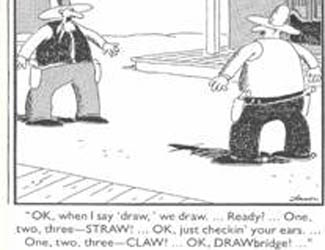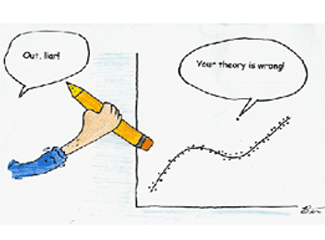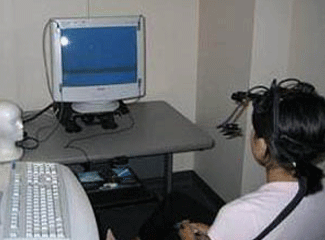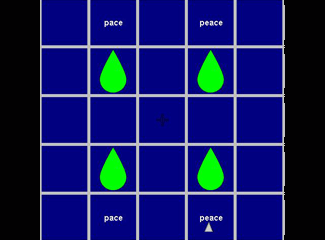Research Questions


The questions we address are the following: What are the processes by which recognition takes place on-line, as the speech signal is heard? How is ambiguity between different interpretations resolved? What are the lexical alternatives that listeners entertain as speech information becomes available and how is each alternative weighted?
In order to address these questions, we need a measure that reflects people’s ongoing interpretation of the speech signal. We use people’s eye gaze to a visually present referent of the spoken word.
In the so called “visual world” paradigm--at least our version of it, participants see a set of pictured objects on a computer screen and listen to spoken instructions asking them to click on and move one of the objects using the computer mouse. Participants’ eye movements to each of the objects are monitored as the spoken instruction is heard and processed. The time it takes people to fixate the referred object, as well as fixations to the other objects of the display, are informative about the mapping of the speech signal onto lexical representations. For more information about the procedure and measures used to infer lexical processing, click here.





